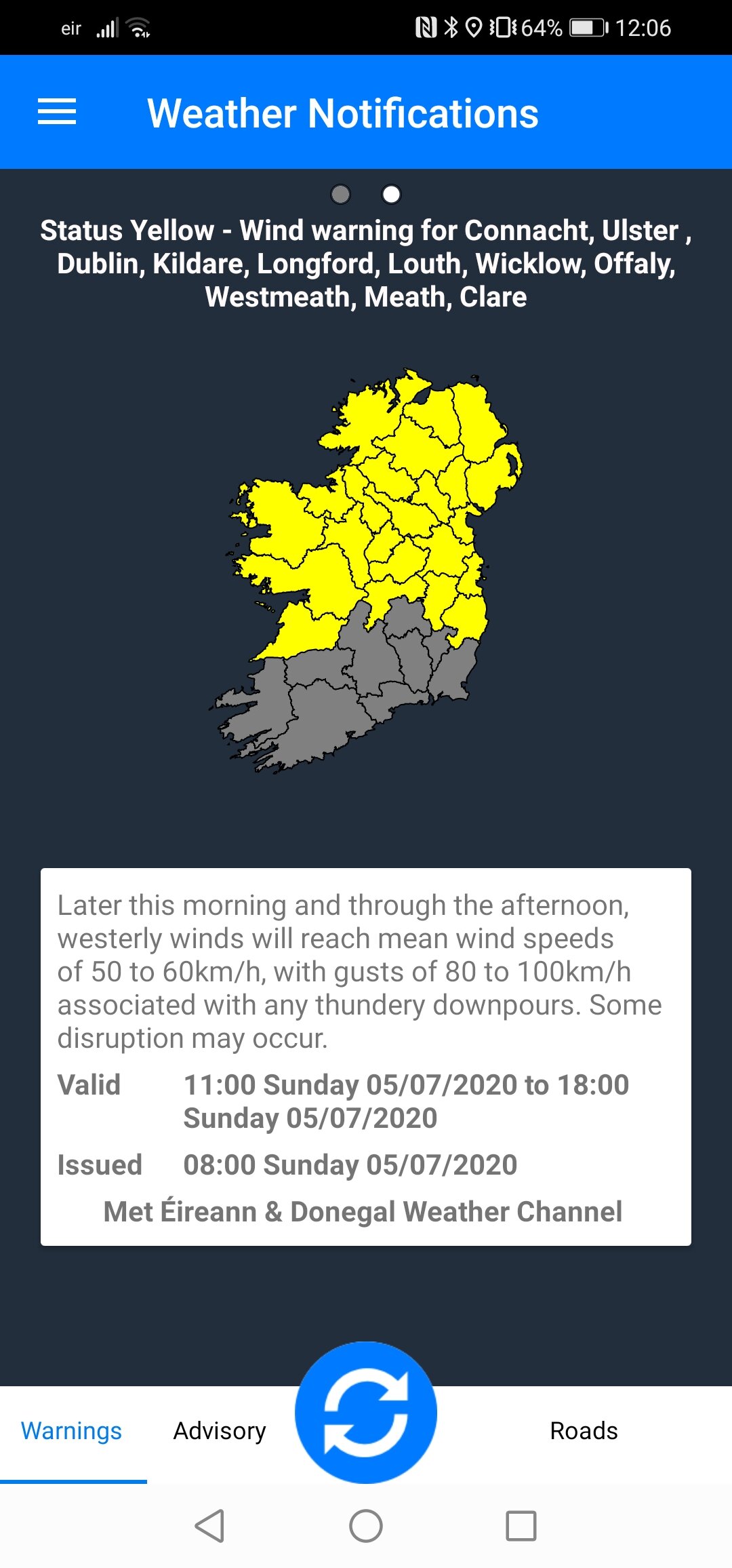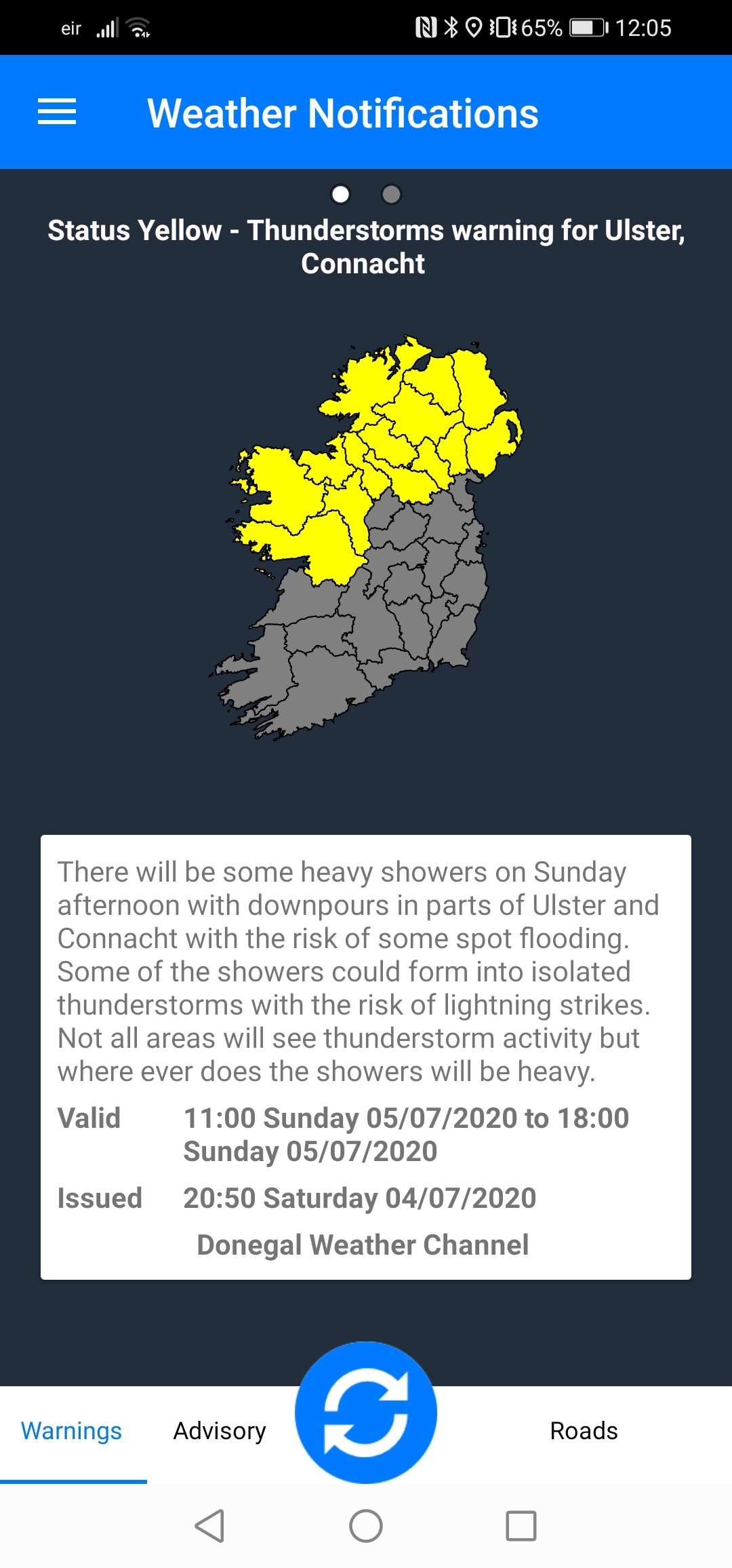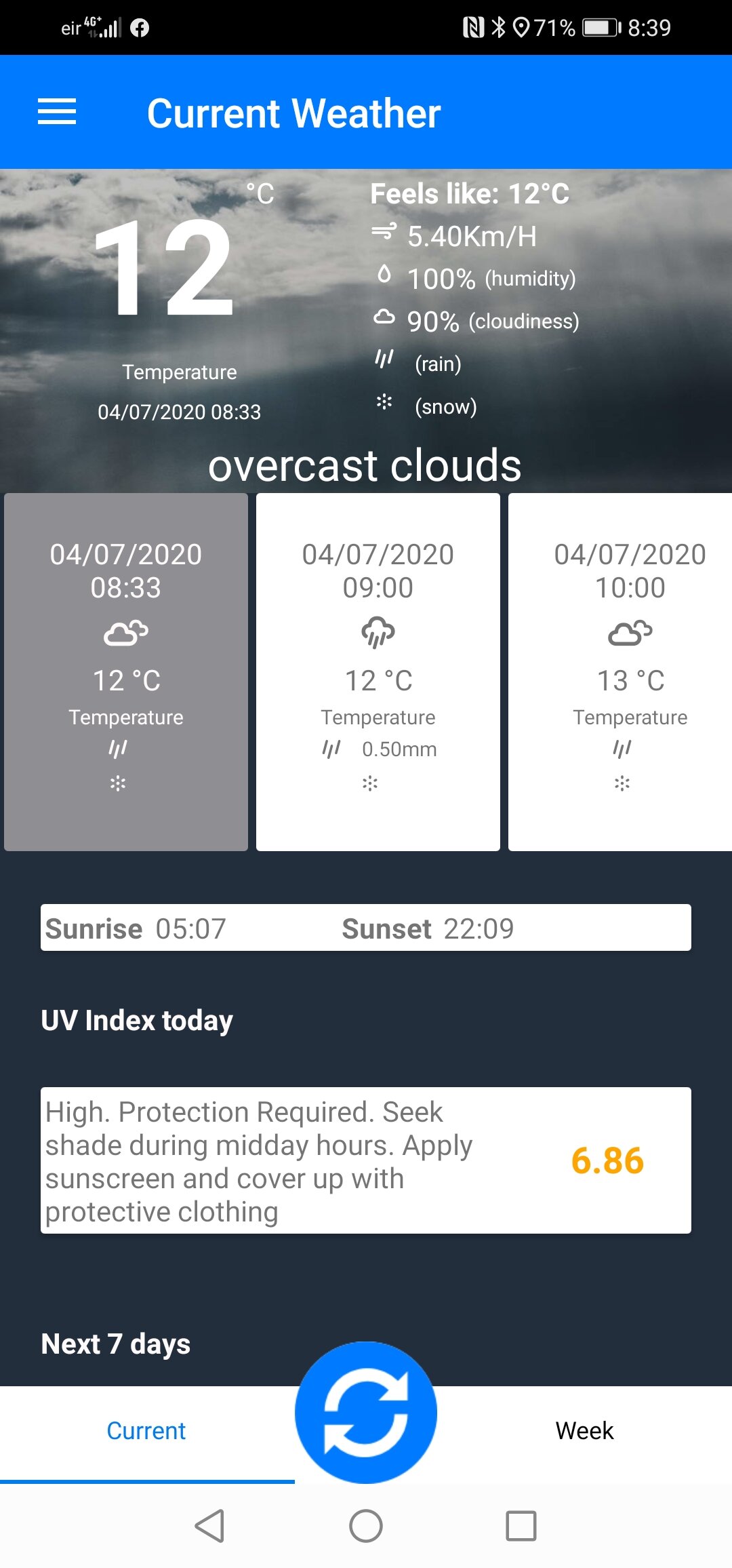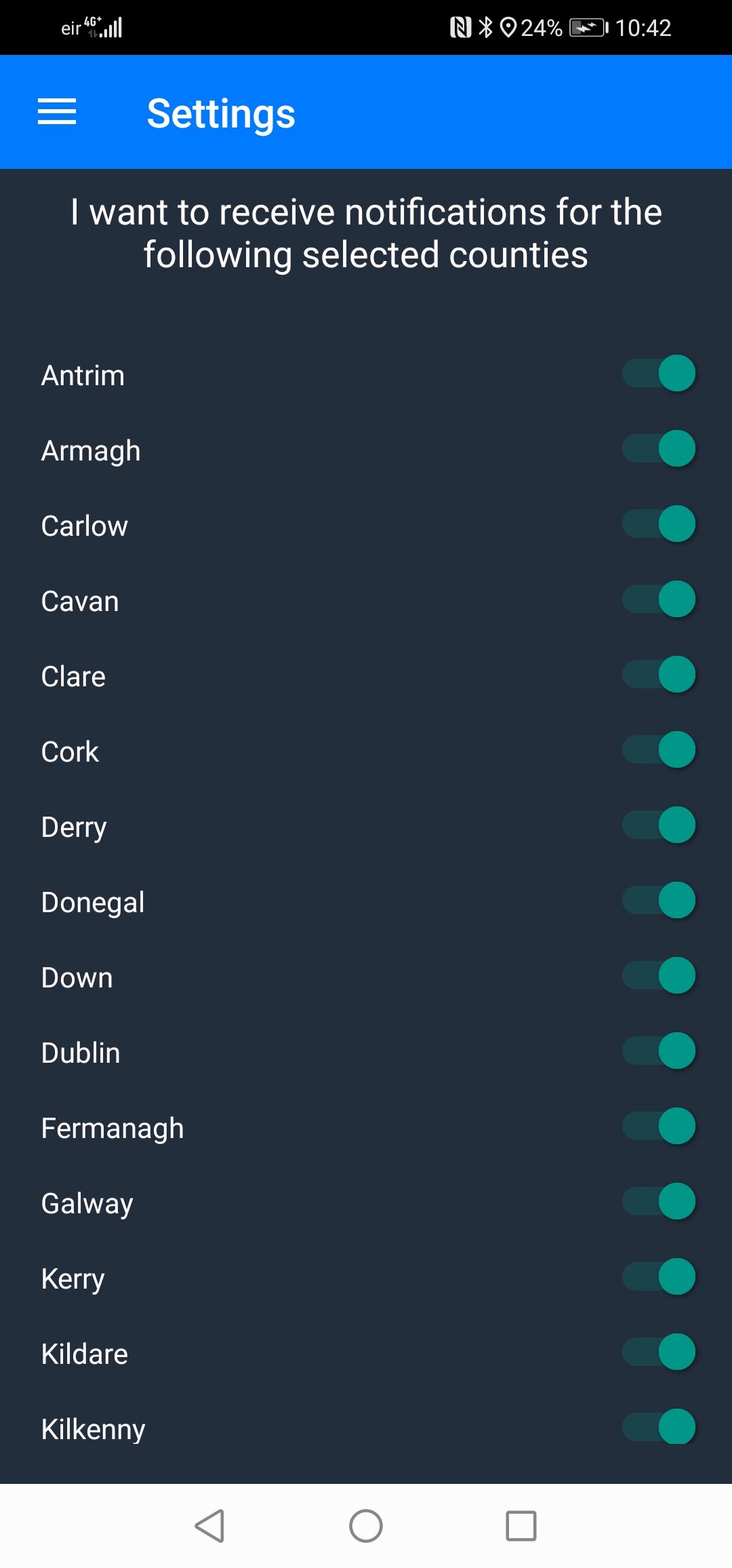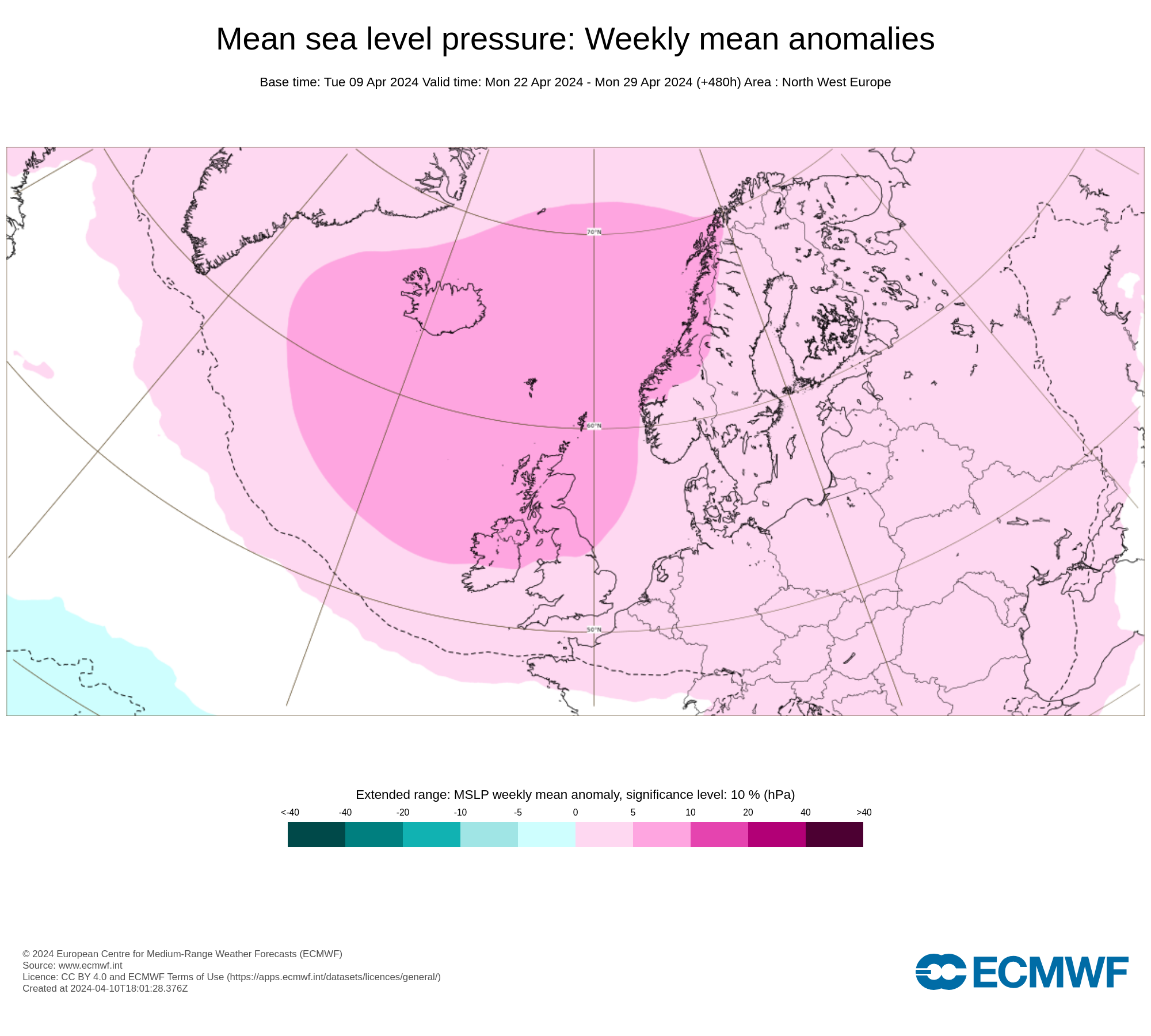The brightest comet in over 20 years Neowise now visible in Irish skies to the naked Eye
Comet C/2020 F3 NEOWISE from Ballintoy Harbour, N. Ireland. Beautiful icy comet with tail travelling at some 60 km/sec around the sun. http://nightskyhunter.com
A newly-discovered comet dubbed NEOWISE will be visible this week to the naked eye. It's the first visible comet of 2020.
The comet, officially known as C/2020 F3, was spotted by NASA's NEOWISE satellite in March, as it made its initial approach to the sun. It survived its loop around the sun and will be reaching the point in its orbit where it is closest to Earth in the next week. NEOWISE is expected to remain visible to the naked eye through July.
Donegal Weather Channel can also confirm that comet Neowise is now visible over Irish sky’s with the first observations made last night by a experienced comet hunter Martin Mc Kenna from Nightskyhunter who observed the comet from Co, Antrim.
Best time to view the comet is between 12:00am to 3:00am. The comet could also be seen from Donegal overnight.
Comet C/2020 F3 NEOWISE from Ballintoy Harbour, N. Ireland. Beautiful icy comet with tail travelling at some 60 km/sec around the sun. https://t.co/19Wt2BjIl1 #cometneowise pic.twitter.com/fxqzWShHgc
— Martin McKenna (Nightskyhunter) (@martinastro2005) July 8, 2020
Those in the northern hemisphere can catch this comet in the north sky for most of the month at early dawn and dusk. Comets often appear faint in the sky, so it is easiest to catch a glimpse in the early morning and evening, when there is just enough sunlight to see them against the night sky, but not so much they are washed out.
For the northern hemisphere, it's very low to the horizon in the early morning," says Karl Battams, an astrophysicist with the Naval Research Laboratory. "People need to get up early, but it's easily visible with binoculars.
Look for NEOWISE to climb higher into the sky before disappearing into its orbit in August.
The comet got a special shout-out over the weekend from Bob Behnken, a NASA astronaut currently aboard the International Space Station after participating in the first launch of SpaceX Dragon Crew in May.
Last night's fireworks, for real. Because Science. #NEOWISE #comet pic.twitter.com/IKcJ1wLFAl
— Bob Behnken (@AstroBehnken) July 5, 2020
In case you wondered, the comet does not pose any danger to the planet and will pass by harmlessly.
Part of the NEOWISE satellite operations is to help researchers distinguish between near-earth objects with dangerous orbits (potentially hazardous asteroids, or PHAs), and those that are not a threat, according to NASA. Its infrared lens allows it to see comets particularly well, as they are commonly darker objects in the night sky, says Battams.
NASA's NEOWISE satellite launched first in 2009 as WISE. It's relaunch in 2013 as NEOWISE brought with it a new mission: "to assist NASA's efforts to identify and characterize the population of near-Earth objects," says NASA.
"NEOWISE is a really crucial satellite for nearer or potentially hazardous asteroids," says Battams. "It's a really important satellite to have."
During its tenure, NEOWISE has discovered hundreds of thousands of near-Earth objects, or NEOs. Data collected by NEOWISE is critical in mapping solar bodies and analyzing the trajectory of space objects, including this new comet.
* Only ANDROID users at moment.
* Features under development.





